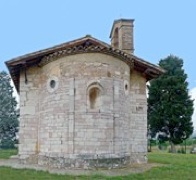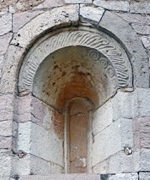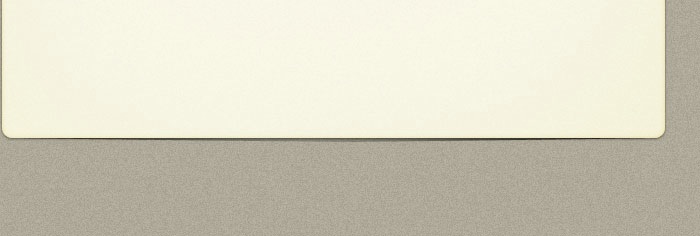



This tiny church was first documented in 1217, and was a possession of the Abbazia di San Benedetto al Monte Subasio. It seems to have formed part of a hospice for pilgrims on the Via Francesca, from Assisi to Foligno.
In 1291, the Blessed Angela of Foligno visited Assisi with a few companions to visit the tomb of St Francis. As they prayed in SS Trinità on the way, she heard the voice of God saying that He would be with her until the second time that she entered the church of San Francesco. This was the start of a mystical experience that did indeed last until the entered the upper church, having prayed before the tomb in the church below.
The church subsequently passed to the bishops of Assisi, and the Ciofi family enjoyed rights over it from 1650 until the early 19th century. It passed to the parish of Viole and then, in 1849, to the new parish of Rivotorto.
The church was restored in 1975, at which time it was shown to stand on the foundations of a Roman structure (see below). The ancient celebrations on the feast of the Trinity has recently been revived, during which processions from the parishes of Rivotorto, Viole and Capodacqua converge here to celebrate Mass.
Exterior

Excavations in front of he facade of the church in 1975 revealed:
-
✴the foundations of a Roman building; and
-
✴a Roman funerary inscription commemorating Cnaeus Cornelius Herculanius.



The circular windows in the apse were re-opened during the recent restoration of the church. The central window has an interesting sculpted frieze above it. A Roman inscription incorporated into the pilaster to the left of this window commemorates the baby Faustus, brother of Lucius Turpilius Salvius.
Interior

Trinity (16th century)

SS Francis and Roch (1566)


